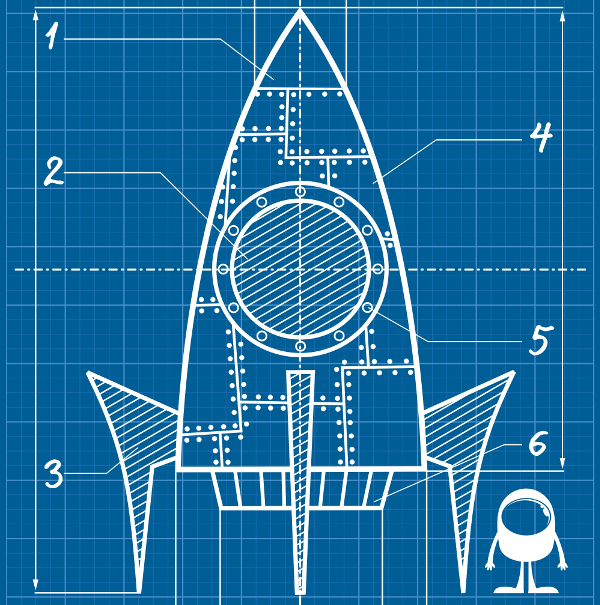
BASIC
BASIC (an acronym for English Beginners All-purpose Symbolic Instruction Code) is a high-level computer programming language, very similar to English, making it easy to remember and ideal for beginners.
Thus, the generation of users that were the predecessors of the PC era took the first contact with programming through HC computers, which were based on a version of BASIC.
It’s a simple language to learn, created in 1964 by John G. Kemeny and Thomas E. Kurtz at Dartmouth College.
One of the best editors, compilers, and debuggers for beginners in this language is QBASIC (an acronym for Quick Beginners All-purpose Symbolic Instruction Code), which can be downloaded for free from the Internet.
A very popular version of BASIC is Visual Basic, created by Microsoft. This is more for the advanced. Visual Basic allows the creation of relatively complex applications by manipulating the visual (graphic) components of the program.
Blitz3D is a commercial game engine developed by Mark Sibley, as well as a development environment with the Blitz BASIC language and a scripting language for game creation.
The original development of the Blitz BASIC compiler was made for the Amiga PC, but today it already supports several platforms, including Microsoft Windows, Mac OS X, and Linux. The Microsoft Windows version supports DirectX 7.
The language contains 588 structures that allow you to create two- and three-dimensional play space. With this, you can create small games using a large number of libraries written by members of the Blitz3D programming community.
Starting August 3, 2014, it is distributed free of charge; the source code is open under the license zlib/libpng.
BPEL
BPEL, Business Process Execution Language, is an XML-based language for the formal description of business processes and their interaction protocols. BPEL extends the interaction model of web services and includes transaction support in this model.
The main files of a BPEL project:
- bpel – logical synthesis and coordination of web services. In fact, the algorithm for executing the business process. Its graphical representation reminds of a diagram, and a diagram of the data flows in one person.
- wsdl – description of messaging interfaces. “How to make a web service” (WSDL).
- xsd – description of the project data structure (XML Schema).
Web-service interactions can be described in two ways:
- An executable business process: it models the actual behavior of a participant in a business interaction.
- An abstract business process: is a partially specified process, which is not intended to be executed. Contrary to executable processes, an abstract process may hide some of the concrete operational details required. Abstract processes serve a descriptive role, with more than one possible use case, including observable behavior and/or process pattern.
WS-BPEL aims to model process behavior through a language for specifying execution processes and abstract business processes. In doing so, it extends the interaction model of web services and enables it to support business transactions.
It also defines a model of interoperable integration that should facilitate the extension of the process of automatic integration of processes both within and between enterprises. Its development came from the notion that programming in large programs and programming in small languages required by different languages.
As such, it is serialized in XML and aims to allow programming in large space.

